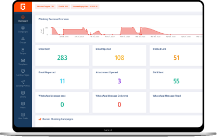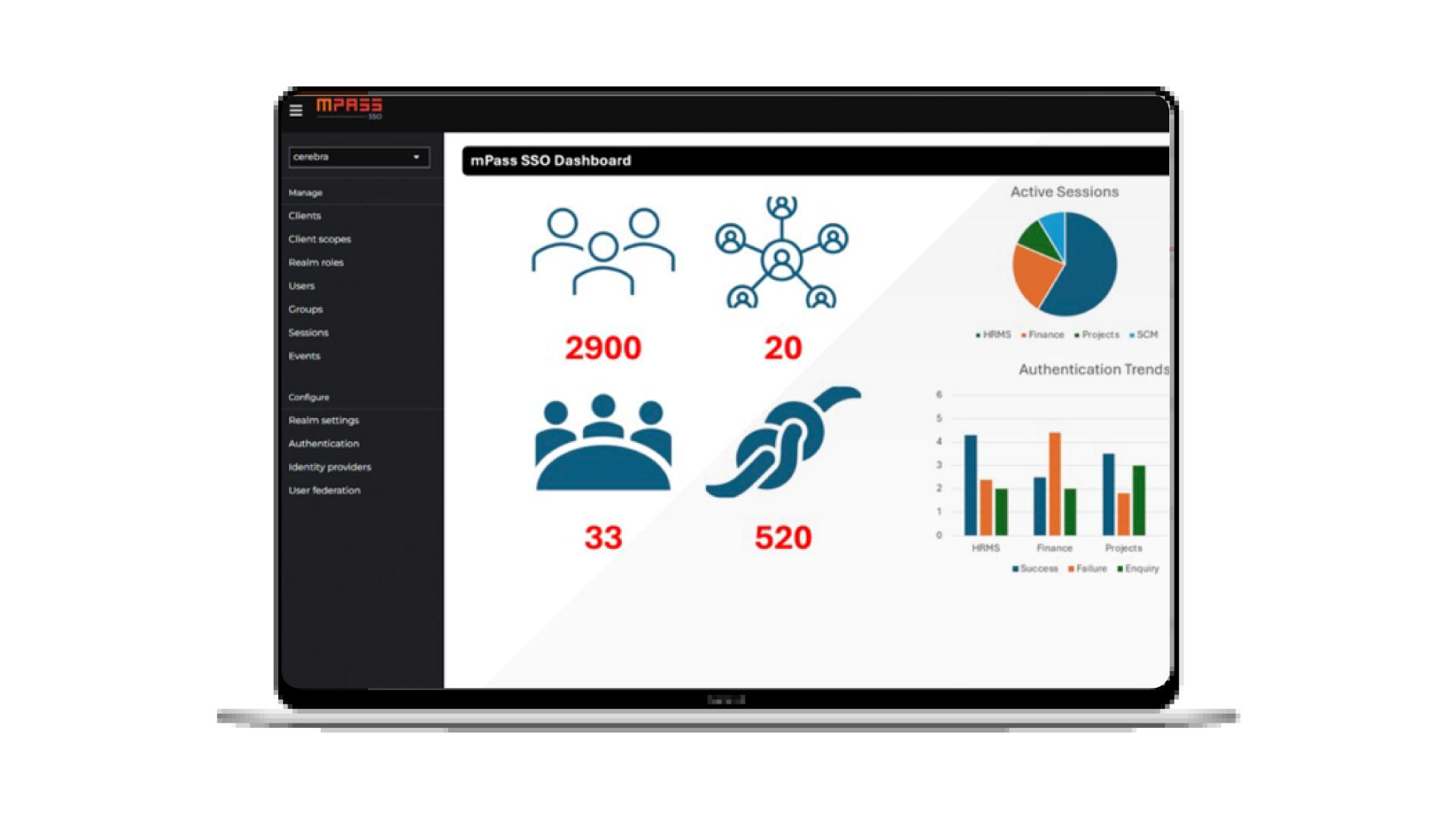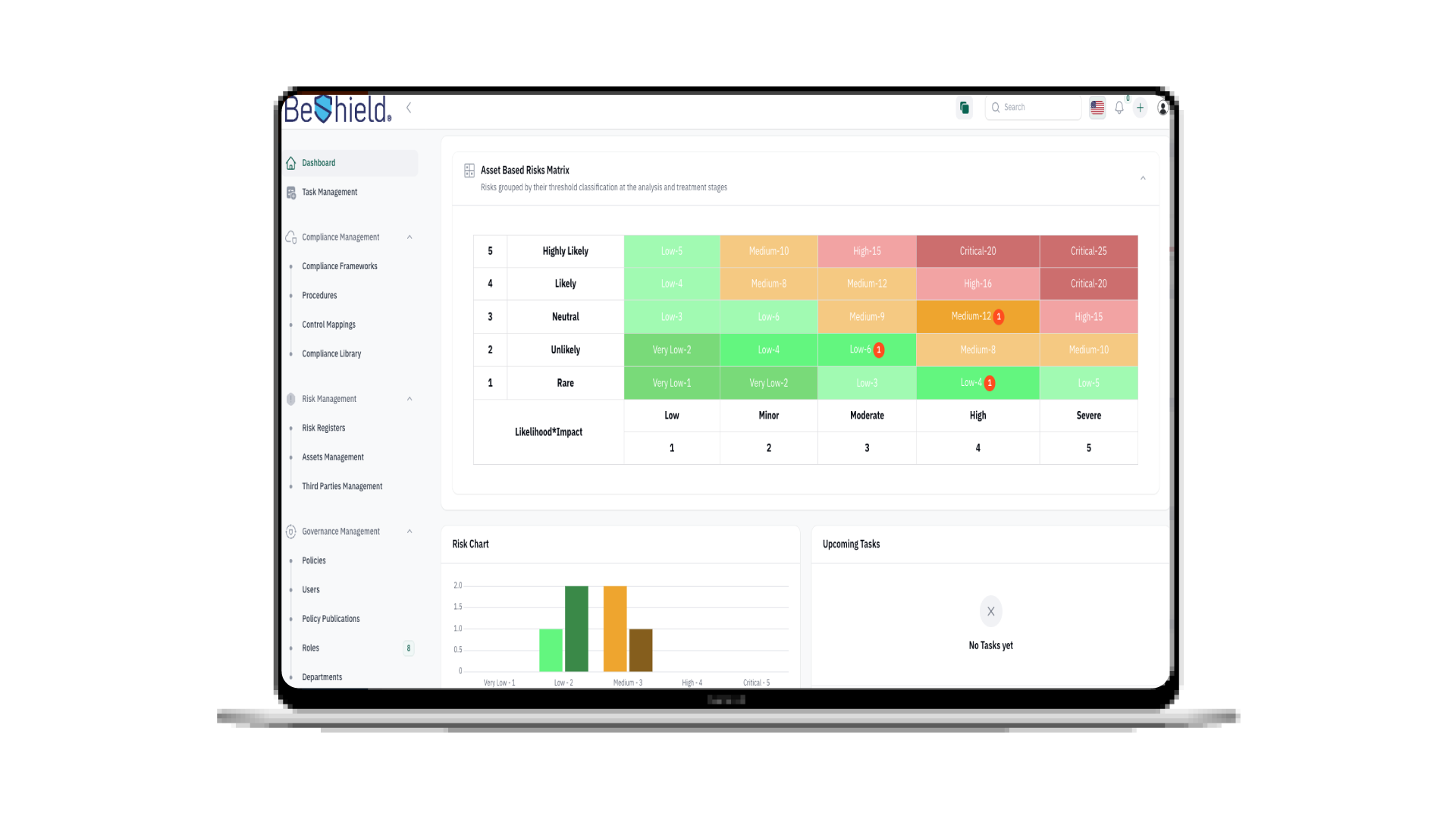Phishing email tactics
Have you ever received an email wondering if it is legitimate or not, but then decide to click on it because the advertisement or the urgent warning catches your eye? Well, this is just one of the phishing email tactics and many have been in that situation with some consequently becoming victims to a phishing trap.

Around 96% of phishing attempts are deployed via email and 74% of organizations suffered from a successful phishing attack (Proofpoint state of the Phish report 2021). These numbers will continue to rise if we don’t educate ourselves on phishing emails.
Over time, cybercriminals are becoming more sophisticated and are in constant search of new ways to seamlessly trick their victims. Sometimes, even the most cautious users may find it difficult to detect a phishing email, making anyone who uses email a target for phishing scams.
But why do people fall for these traps? Let us find out.
Why do we fall for them?
Before continuing, we recommend you to read our blog on the definition of phishing and its types to fully comprehend the reasoning on why the success rate of phishing emails are high.
Click here to view it!
Moving on, statistics reveal that over 4.1 billion people are email users and around 3 million emails are sent per second, meaning that over 50% of the world’s population use email and the number is expected to grow to 4.5 billion users by 2024. These high numbers encouraged criminals to focus on launching their attacks via email rather than other sources. With COVID-19, many organizations instructed their employees to work remotely for their safety, which resulted in many people depending on online communication via email. With employees receiving a large number of messages daily, this makes them more vulnerable to attacks. And when it comes to phishing, all it takes is one click to lose everything.
4 Common phishing email tactics
This brings us to why we sometimes fall for phishing email tactics traps:
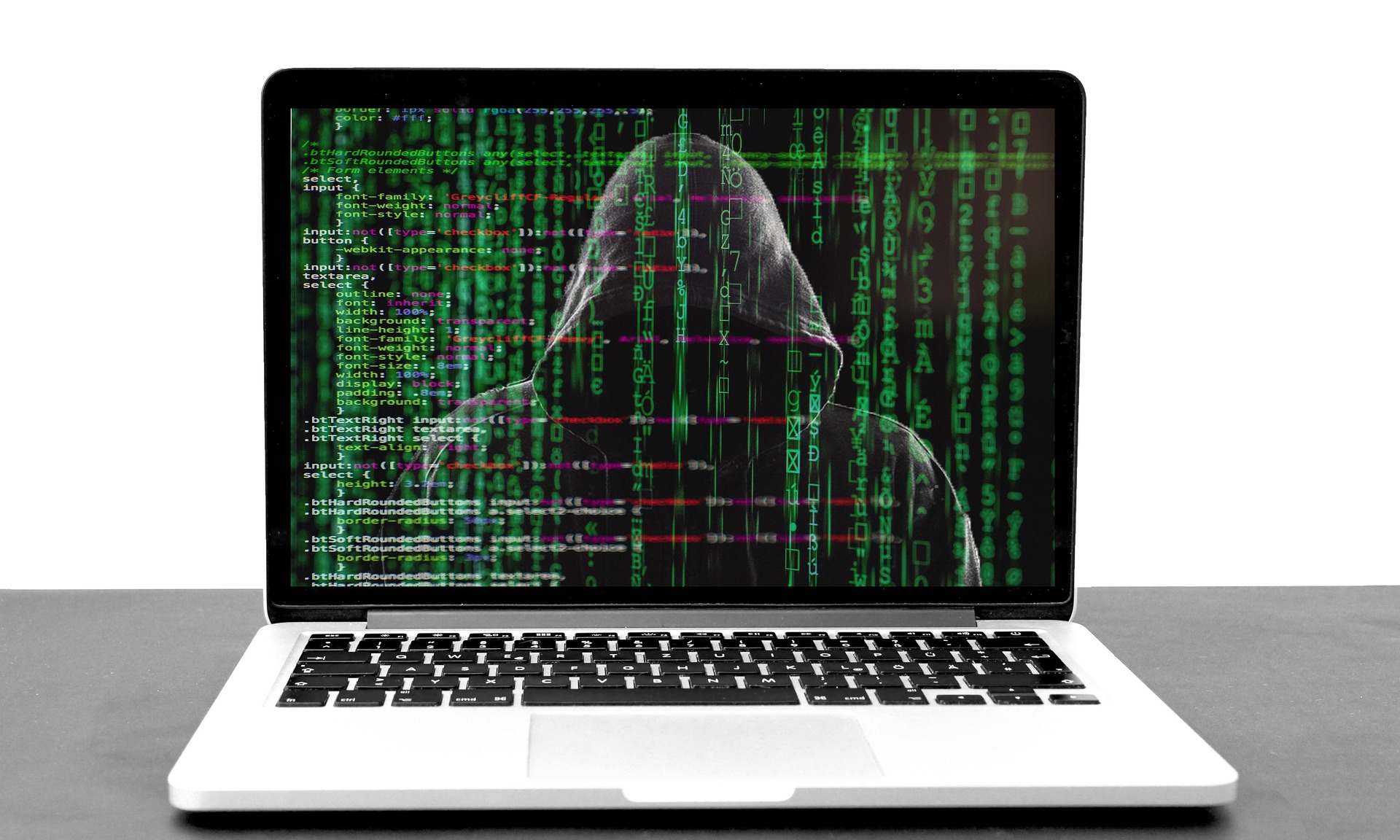
– First, is psychology: Psychology plays a huge role in why people click on a phishing email. There are times where individuals are not in a clear state of mind due to stress or being overwhelmed with work which affects their decision–making. For example, during the beginning of the pandemic, the world was in a state of frenzy, this affected many mentally and emotionally. As a result, it led to criminals taking advantage of these sensitive times to launch phishing emails, and around 18 million malware emails were sent during the start of the pandemic.
– Second, is urgency: When receiving an email promoting a sense of urgency and the need to respond quickly, it has a higher chance of being opened. This way is especially successful if the urgent message is sent from an important or familiar party, such as your hospital, insurance company, place of work, etc. But you should always check the domain of the sender before clicking on any attachment or link to determine the legitimacy of the message. Hackers are fully aware of this and have become skilled at tricking people, they usually use social engineering tactics to understand their victim fully to gain the targeted data. The most used subject lines in phishing emails are “Invoice”, “Verification required”, “[Name] sent a file”, and “Action required” lines. These lines have been successful in raising the victim’s interest or making them feel inclined to reply.
-Third, is generating interest: Sometimes you receive an intriguing email you can’t skip over. This is because the attacker has most likely done their research and sent you something guaranteed to be opened. Subject lines such as “sale” or “discounts” would grab the attention of anyone, but only those who are cautious will be safe from any damages. Triggering the victim’s curiosity and displaying the material in an interesting manner raises the chances of the email being interacted with, and an alarming number was revealed of a %67.5 of people have entered their credentials on a phishing website due to an interesting subject line or for the sender mimicking a known brand.
-Lastly, is increased sophistication: A common way to identify a fake email is by checking the spelling and grammatical errors made in the message. But recently, many cybercriminals have shifted their focus to making their emails as legitimate–looking as possible. They have sufficiently improved their techniques making their phishing emails difficult to detect. But despite this improvement, there will always be a way to differentiate a fake email from a legitimate one, either by their wording, logo, or domain. We could always be a step ahead of them.
In conclusion:
phishing email tactics continue to strike individuals and organizations and impact them financially and mentally. But understanding the main four reasons behind the successful phishing attacks could help limit them. Organizations can introduce to their employees phishing simulations to reduce successful attacks while educating them.
Be cautious and don’t fall for the phishers bait!
Share this article:
Popular

Enhancing Cybersecurity for a Leading Saudi Ministry
A prominent Saudi Arabian ministry has taken significant steps in its digital transformation journey, focusing on strengthening its cybersecurity framework while aligning with the goals of Vision 2030. In the face of challenges like outdated authentication methods, complex access environments, and strict compliance requirements, the ministry embarked on a two-phase solution to address these issues effectively. Phase One: Implementing Cerebra mPass MFA The first phase of the solution introduced Cerebra mPass Multi-Factor Authentication (MFA), designed to offer a more adaptive, user-friendly approach to authentication. This system enables seamless access controls for users while enhancing security through multiple layers of verification. ...
26th May 2025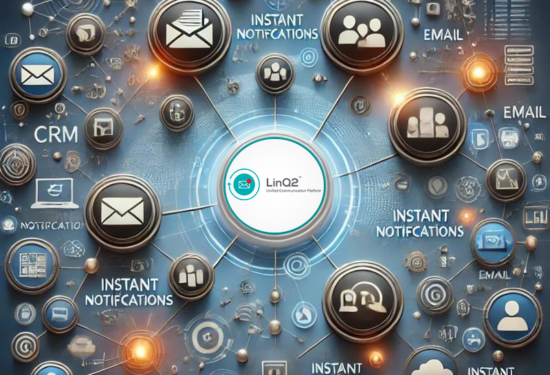
Revolutionize Enterprise Communication Platform with LinQ2
Revolutionize Enterprise Communication Platform with LinQ2 In today’s fast-paced business environment, enterprise communication platform is the backbone of success. Whether reaching customers, coordinating with employees, or automating notifications, having an effective enterprise communication platform is essential. Cerebra’s LinQ2 stands out as the ultimate solution, offering a multi-channel notification platform tailored for businesses of all sizes. Why Enterprise Communication Platform Is Essential for Business Growth? Efficient enterprise communication platform ensures businesses can stay connected with their customers and teams in real time. Poor communication systems often lead to missed opportunities, customer dissatisfaction, and delays in internal operations. Key Features of LinQ2 ...
11th Mar 2025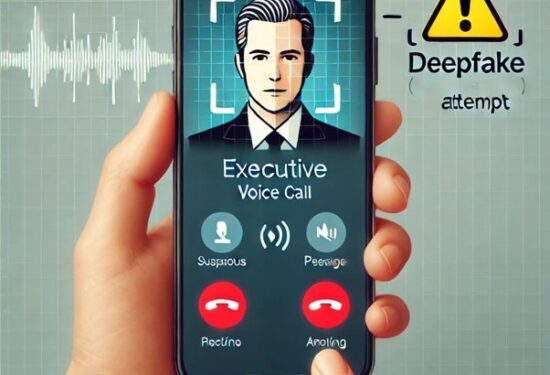
Deepfake in Phishing: Challenges and Solutions
In the era of advanced technologies, especially with the explosive adoption of Large Language Models (LLMs) and Generative Artificial Intelligence (GenAI), deepfake has emerged as one of the most significant challenges in cybersecurity. This technology relies on Artificial Intelligence, specifically deep learning and the use of GenAI, to create fake yet highly realistic content that is difficult to detect. Deepfake serves as a versatile tool spanning applications from entertainment to cybersecurity. However, its misuse can pose severe risks, especially in phishing schemes. What is Deepfake? Synthetic media refers to a technology that leverages deep learning algorithms to create ...
19th Dec 2024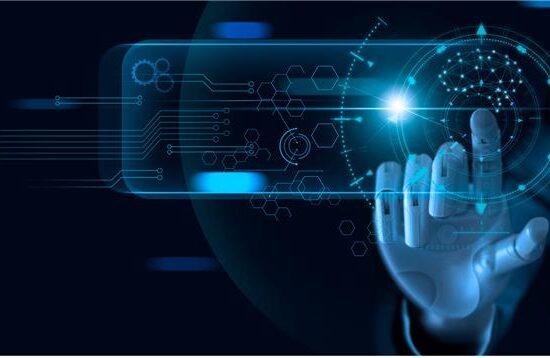
AI Governance: Opportunities and Challenges in Cybersecurity
AI Governance: Opportunities and Challenges in Cybersecurity With the increasing reliance on AI technologies in various fields, AI Governance has become a key factor to ensure system integrity and data protection. This governance plays an essential role in enhancing confidence in modern technology and ensuring that it is used responsibly. It has been almost two years since OpenAI’s ChatGPT went viral, igniting widespread interest in artificial intelligence (AI) and setting off a wave of technological and investment growth in the field. Academic and technical investments in artificial intelligence: The advancements in AI since then have been staggering, with exponential increases ...
14th Nov 2024
Cyber Warfare Unveiled: Tracing the Journey from Espionage to Digital Combat
“Cyber Warfare: From Espionage to War A Journey Through Time” With the massive technological advancements, the boundaries of warfare have expanded to encompass cyberspace, where “cyber warfare” has emerged as an increasingly serious threat to individuals, institutions, and countries. The line between cyber and traditional wars has blurred for a while but recent activities in the region made it clear that cyberwars is becoming a dangerous and can lead to harming humans. In this blog, we will dive into a journey through the world of cyber warfare, seeking to understand its nature, history, impacts, types, evolution, and some solutions to ...
9th Oct 2024
Keeping Our Kids Safe Online
A Guide For Keeping Your Kids Safe Online Parents and all who are concerned about the well-being of our young kids in this digital world. Today we will discuss a topic of utmost importance: digital safety for kids. Yes, the Internet can be a very dangerous place for our young kids , especially with the spread of phishing scams. So, let us dive deeper and present to you, in this comprehensive article, a comprehensive guide on digital safety for kids. What every parent needs to pay attention to. Internet risks for kids: The internet has become a big part of ...
17th Jul 2024
Could you be hacked through Slack?
Could you be hacked through Slack? The usage of collaboration platforms such as Microsoft Teams and Slack has significantly increased, with nearly 80% of employees utilizing them. These platforms are designed to be convenient and easily manageable for daily conversations within organizations. However, what makes them easy and convenient also renders them vulnerable to cyber threats and attacks. In 2021, for instance, 780 gigabytes of data from the gaming giant Electronic Arts (EA) were breached through Slack! During the same year, a security vulnerability in Microsoft Teams was exploited to launch a widespread cyber attack on ...
12th Jun 2024
Tips To Be Cyber Protected While Traveling
Goodbye worry! A safe journey in the digital world With all the modern wonders of the digital world, we trust communication technologies on our journeys. There is no doubt that the travel experience is always more beautiful and enjoyable, but it can also pose a range of risks, especially when it comes to cybersecurity. Travelers may fall victim to phishing, Wi-Fi network spying, and theft of their personal data, which can make their journey filled with worries and tension. With the increasing prevalence of cyber threats, it is essential for travelers to follow some guidelines to protect their devices and ...
1st Apr 2024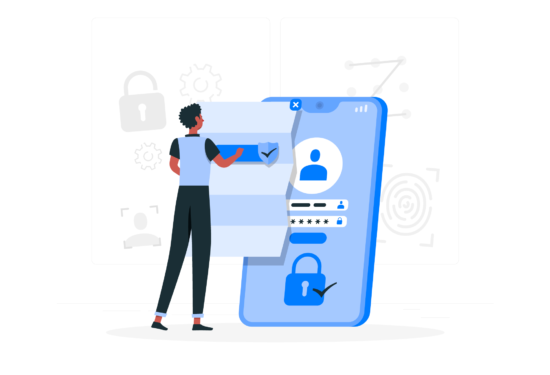
Push Authentication: A New Era in Multi-Factor Authentication
Want To Say Goodbye To Passwords and OTP Codes? Discover Push Authentication! It is easy for your password to be compromised through phishing attacks, even if it meets the cybersecurity strong password standards and is difficult to predict So we must get to know the technique of Push based Authentication. Some may recommend that you use Multi-Factor Authentication (MFA) to increase your security. Multi-Factor Authentication (MFA): MFA is the process of logging into your account through multiple steps. It requires you to enter more information, not just your password. But there is another obstacle that arises when using such ...
14th Feb 2024



